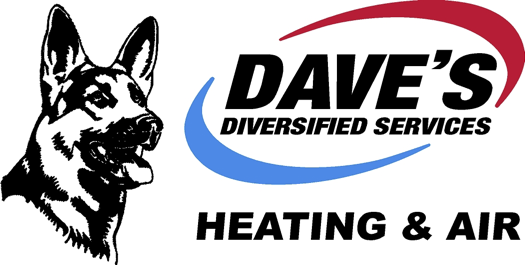
If you’re amid the usual American households who shell out more than $2,000 every year on utility bills, installing a smart thermostat is a good way to keep heating and cooling expenses low. Although manyhouses have programmable thermostats, chances are yours isn’t being made the most of as it’s on “hold” every day.
When upgrading your thermostat, the Nest smart thermostat is one of the most popular options. That’s because it picks up on your temperature preferences and activities, and then develops an energy-efficient schedule to match. You can also keep an eye on it and lower it from just about anywhere with your smartphone.
For the typical home, Nest says its thermostat saves about 10-12% on heating expenses and about 15% on cooling expenses. That’s about $131 to $145 saved annually, which helps the thermostat pay for itself in less two years. And most utility businesses provide rebate programs that help you purchase a smart thermostat for free or close to it.
When you’re upgrading to a smart home thermostat, you’ll want to ensure it will work with your HVAC system. This is especially essential if your equipment is getting old. If it’s not, you may run into issues, like erratic furnace or air conditioner behavior. That’s why it’s critical to have a expert like Dave's Diversified Services help you choose a new thermostat and handle your smart thermostat installation.
Here’s how to figure out if the Nest can run with your HVAC system.
Nest Runs with Many Heating and Cooling Systems
The good news is that Nest created its thermostat to run with many different 24-volt systems, including aging ones.
This covers heating and cooling systems powered by:
- Natural gas
- Oil
- Electricity
Before you buy a Nest, you can use the Compatibility Checker to make sure you have an easy transition. Once you’ve checked it’s a match, your Nest will guide you through compatibility and wiring when you set it up.
The Nest Learning Thermostat is compatible with the largest types of home comfort equipment, including heat pumps, furnaces and air conditioners. It also works with highly energy-efficient multistage systems, dual-fuel equipment, humidifiers and dehumidifiers, but you’ll typically need a professional like Dave's Diversified Services to complete the in-depth wiring and setup process.
Does the Nest Have to Have a C-Wire?
If you’ve done research on the Nest, you’ve probably run into info about the C-wire, or common wire. This wire powers your smart thermostat when it can’t pull enough power from the other wires.
If you don’t have a C-wire, it’s usually still okay to get a Nest. The company says its thermostats were designed to require small amounts of power. In most cases, this means they can work properly without this wire.
Have a smart thermostat without a C-wire and experiencing odd heating and cooling behavior? An HVAC professional like Dave's Diversified Services can install a C-wire for you.
Our Pros Make Smart Thermostat Installation Easy
Installing a new thermostat makes it simple to stay on top of your heating and cooling bills while keeping your {house|residences|home cozy. If you’re considering adding a Nest smart thermostat to your home, Dave's Diversified Services can help you choose the best model for your budget and then professionally install it. Call us at 540-636-3396 to begin now!
